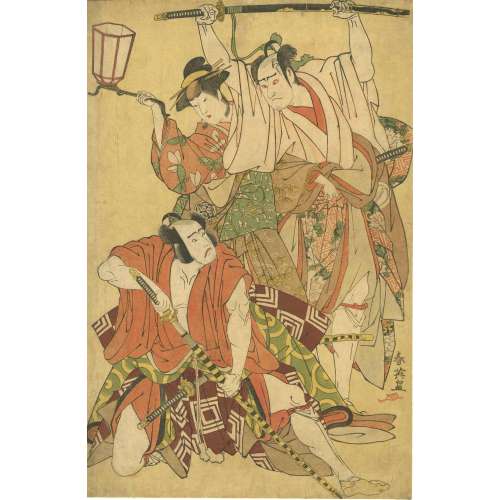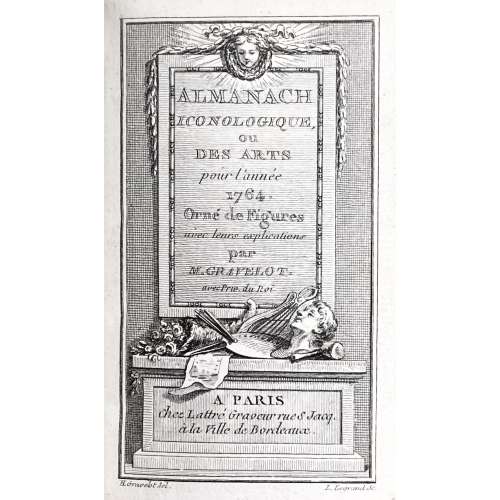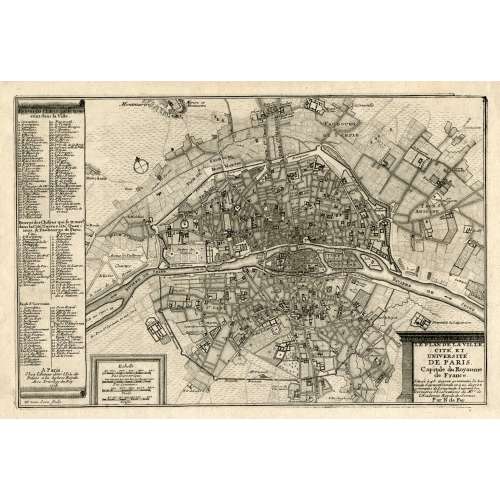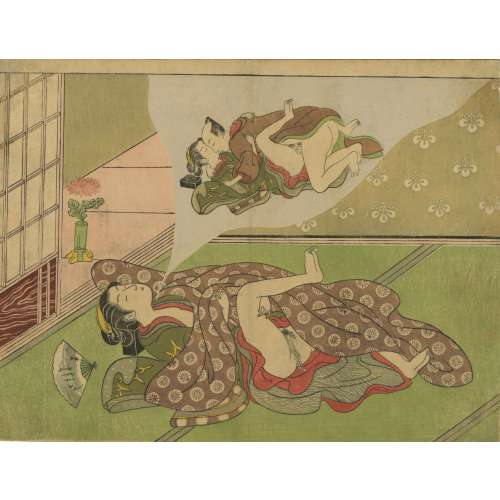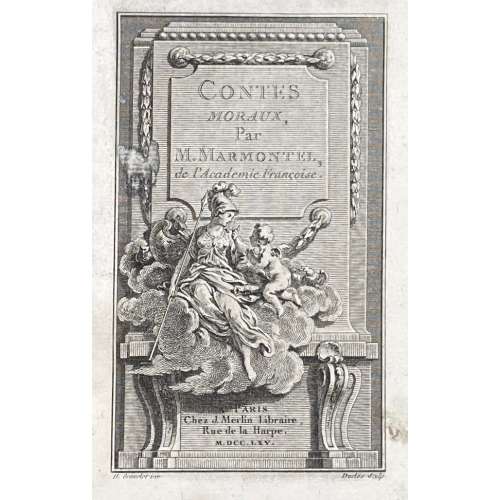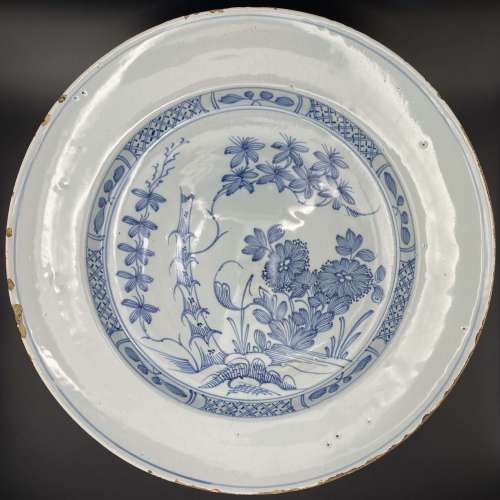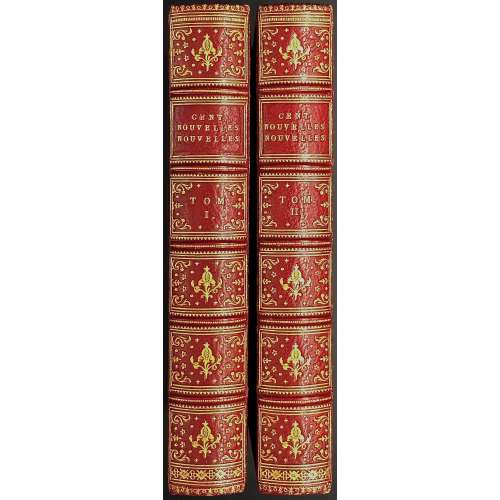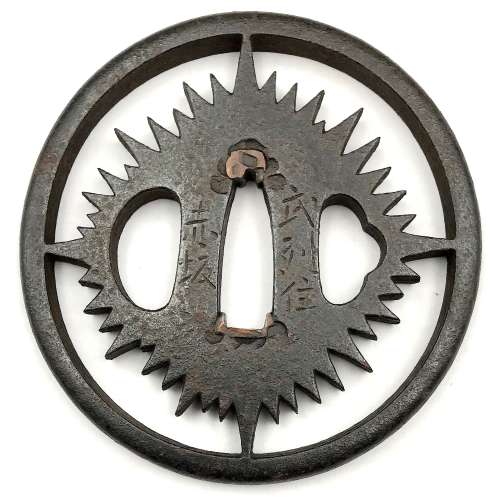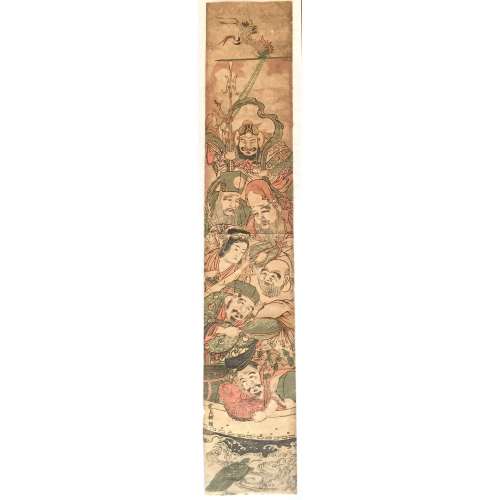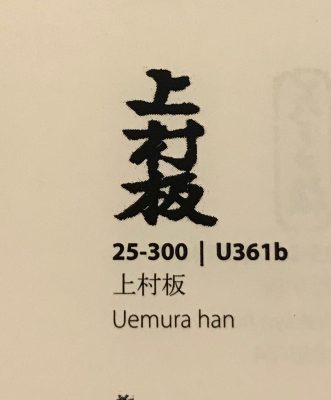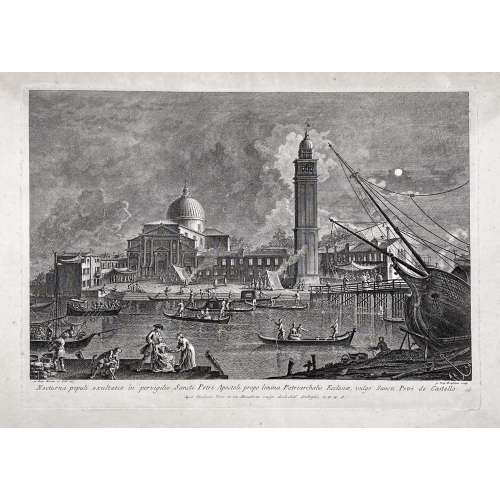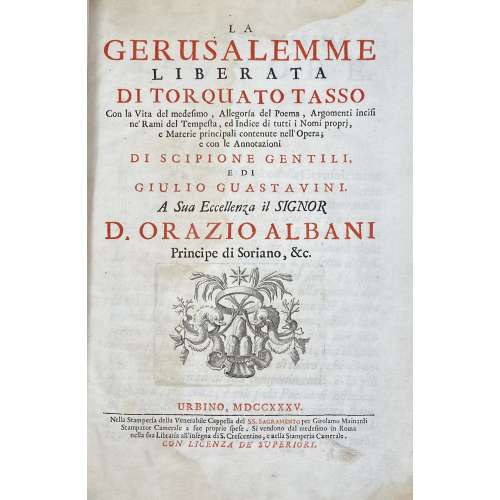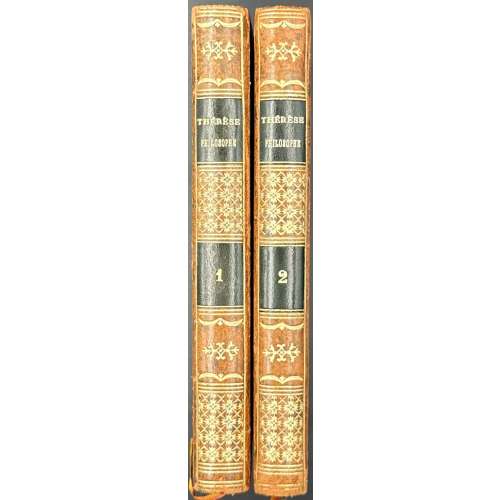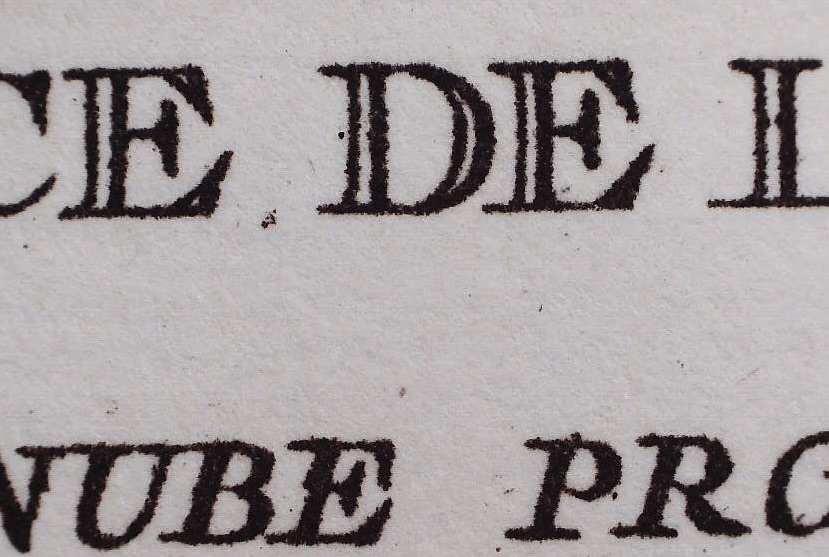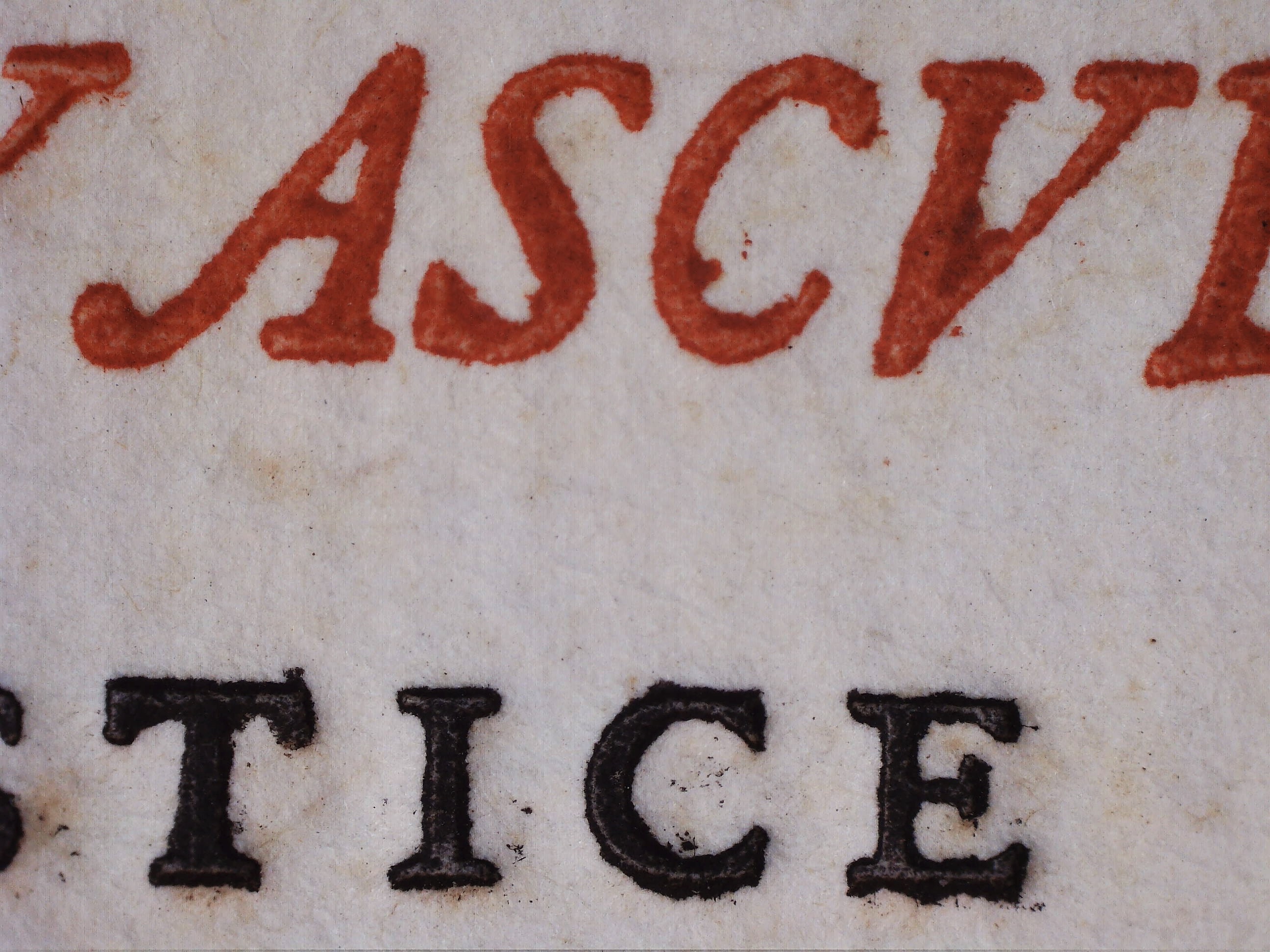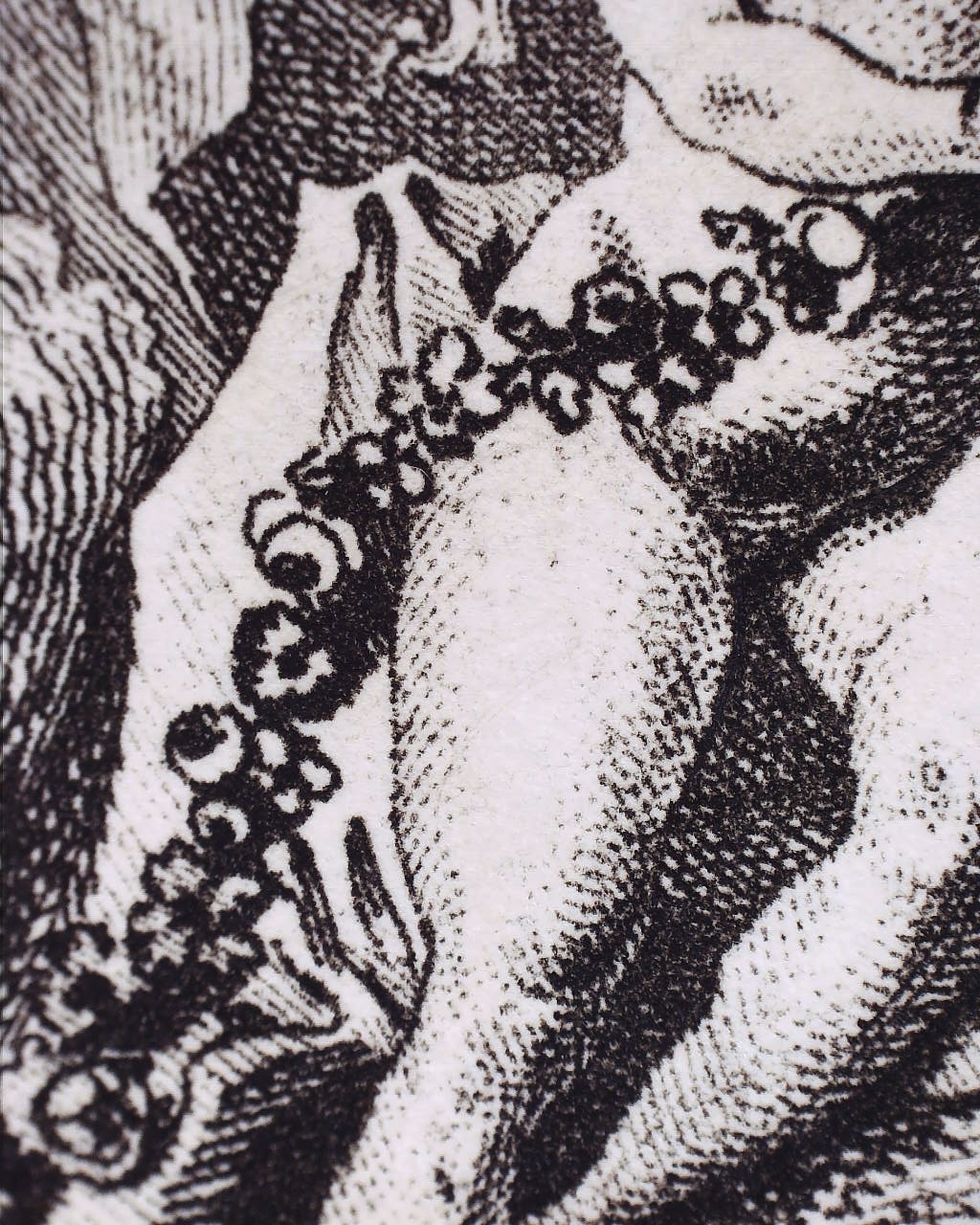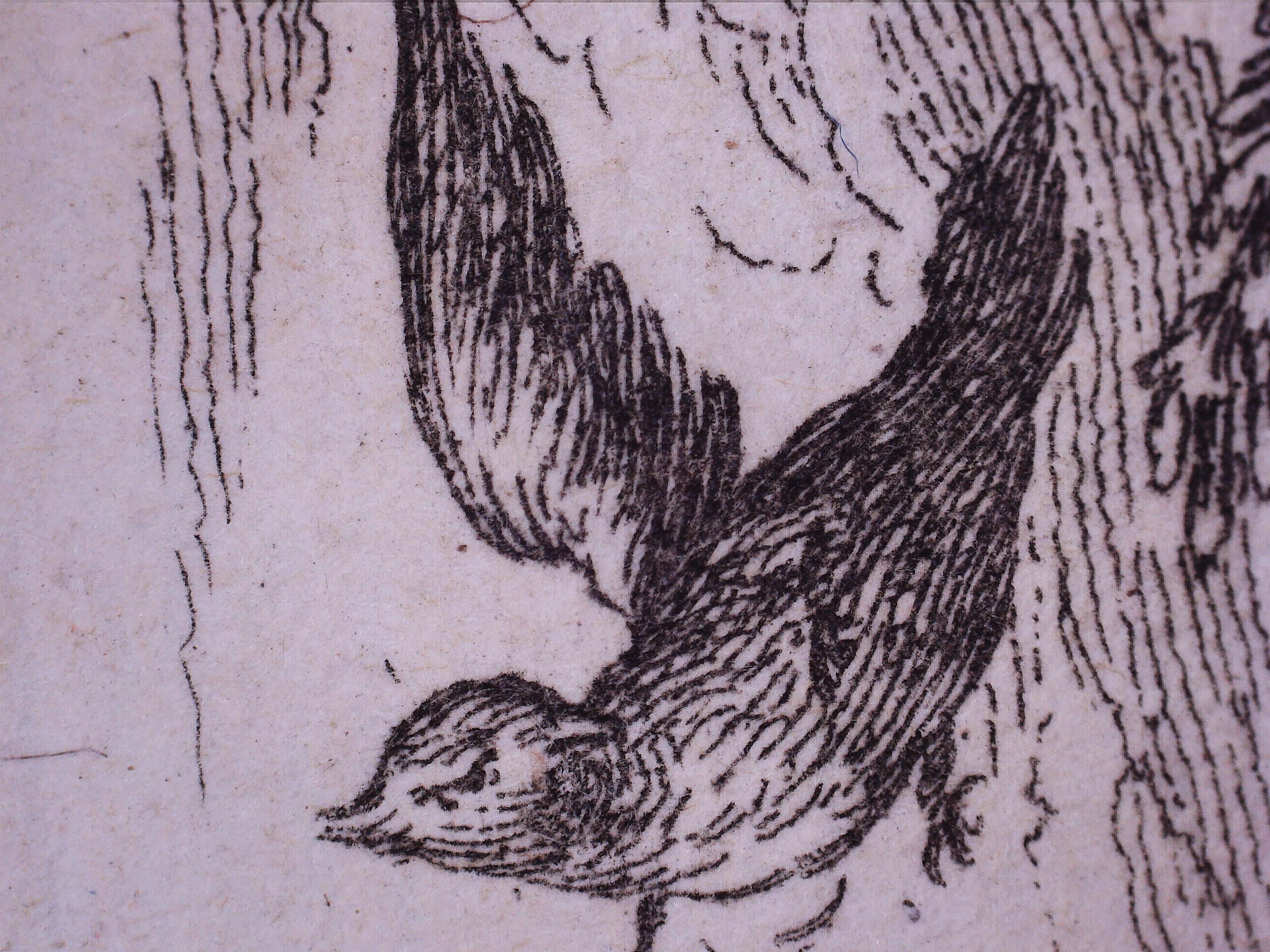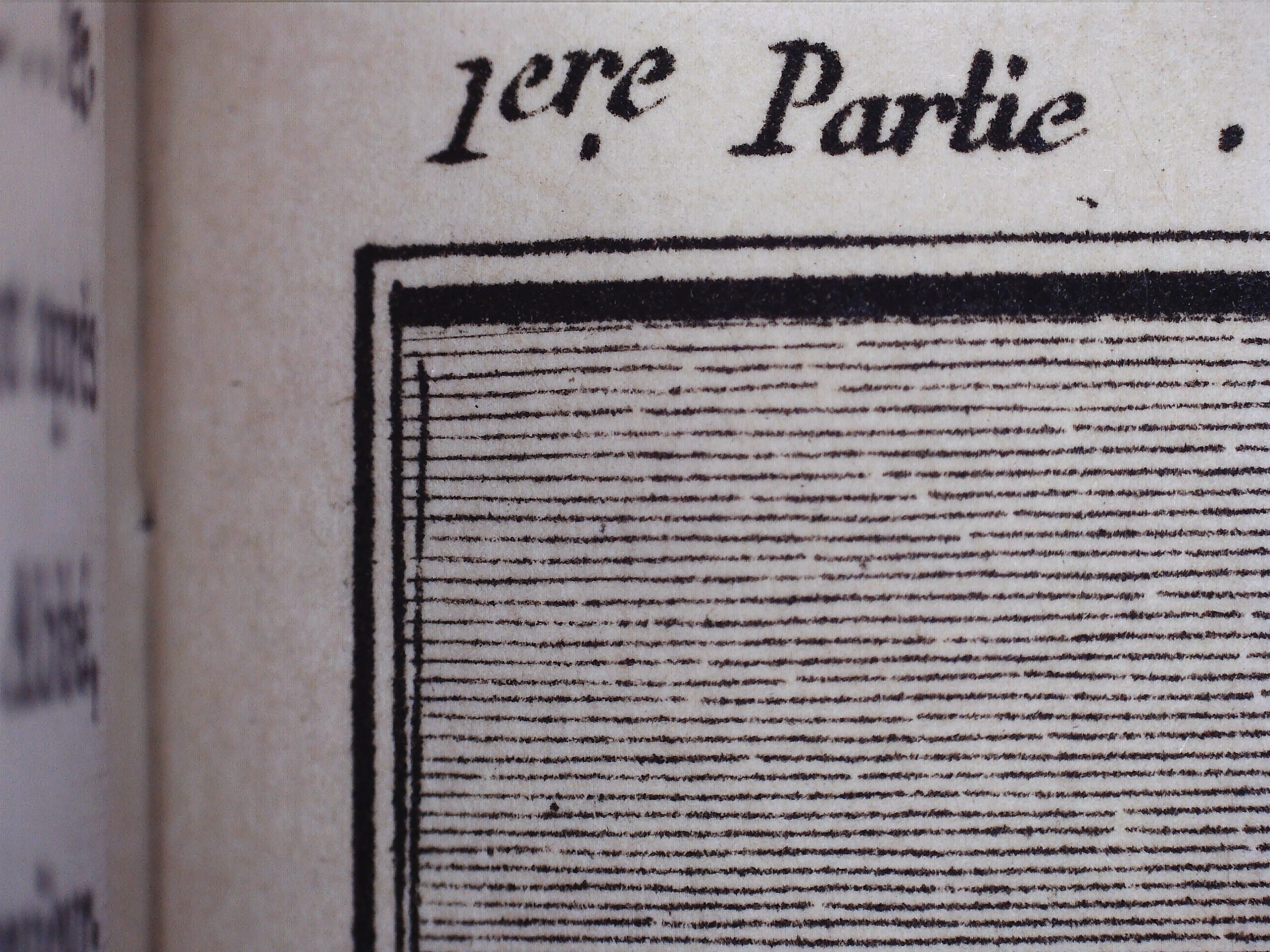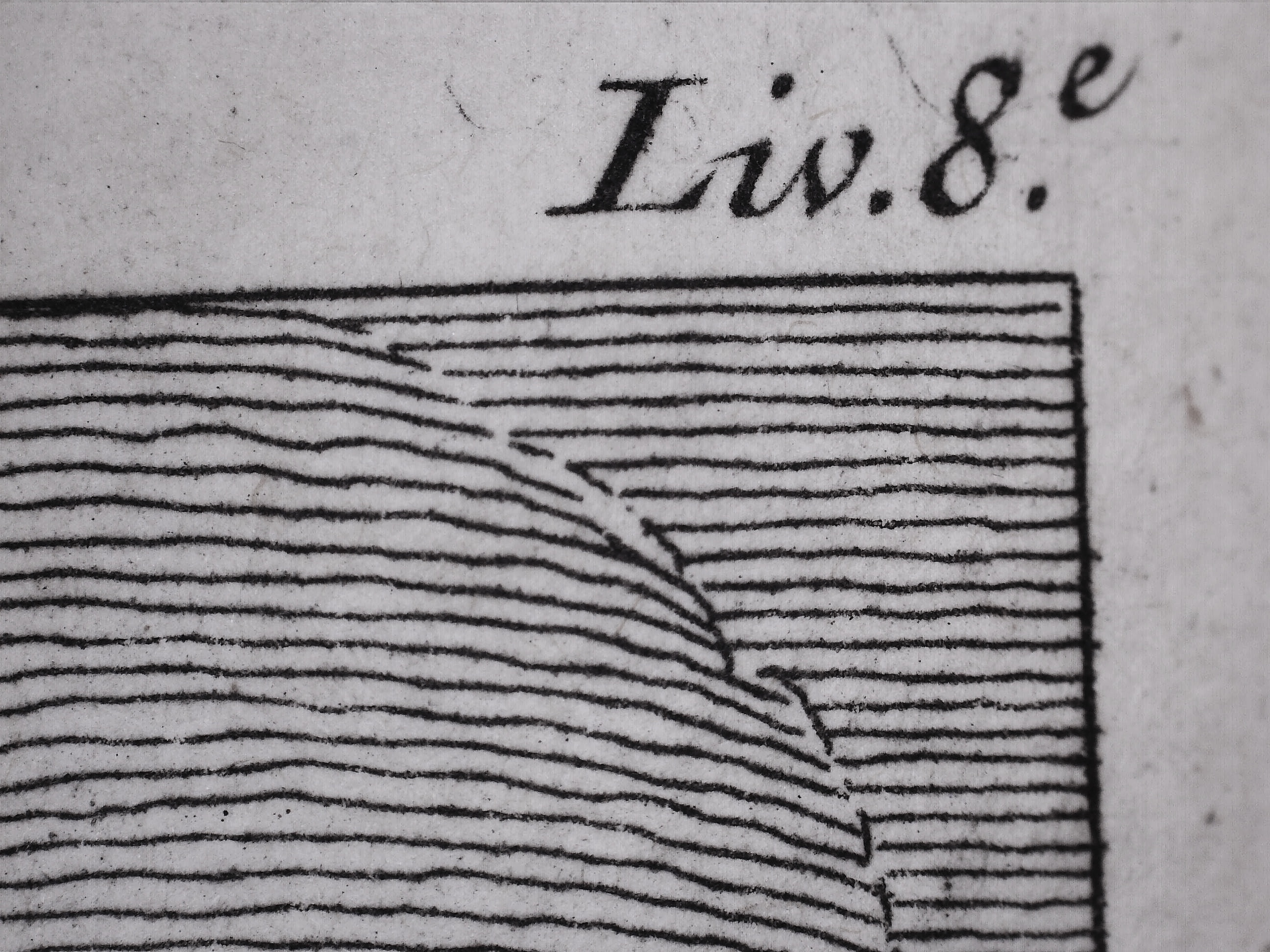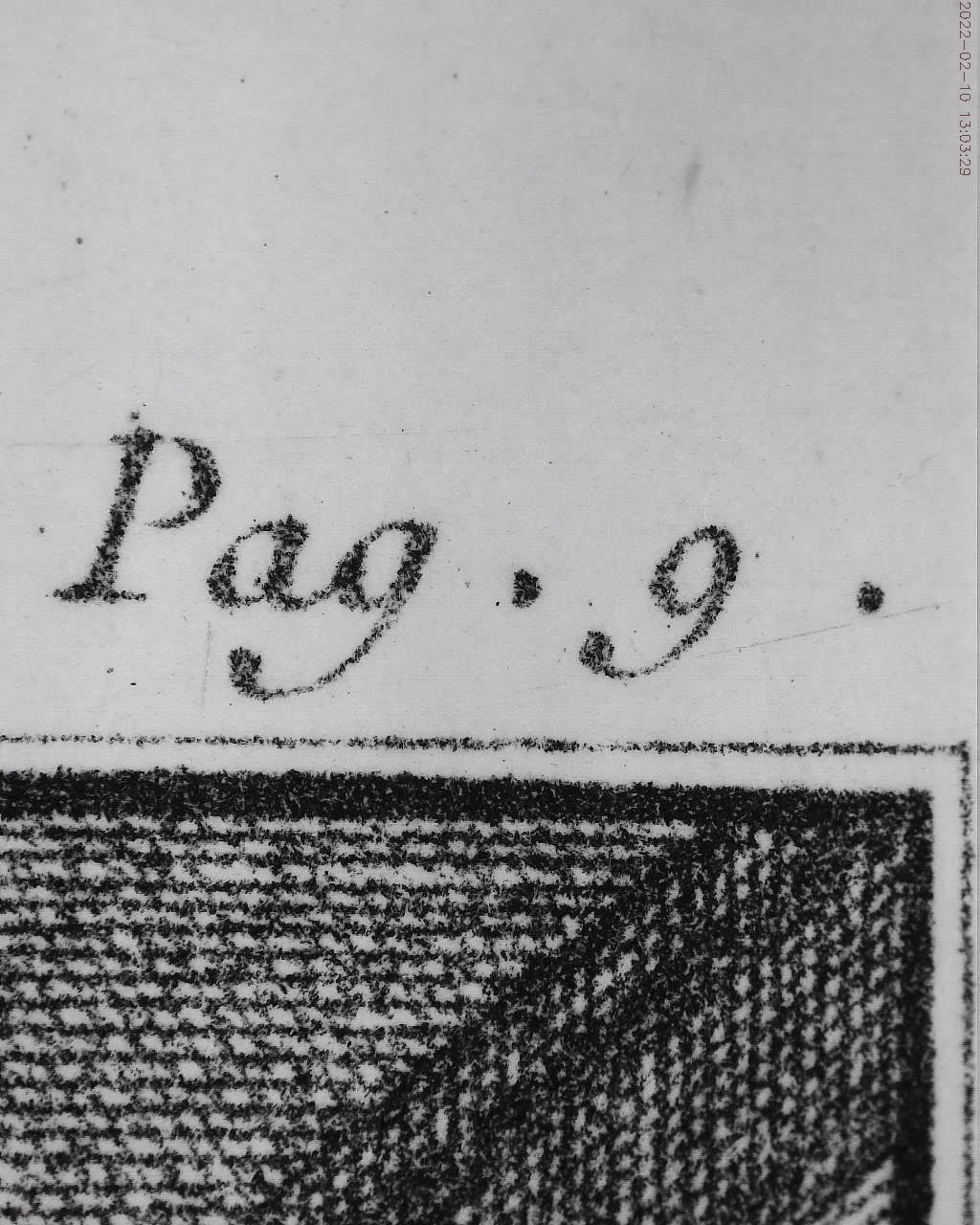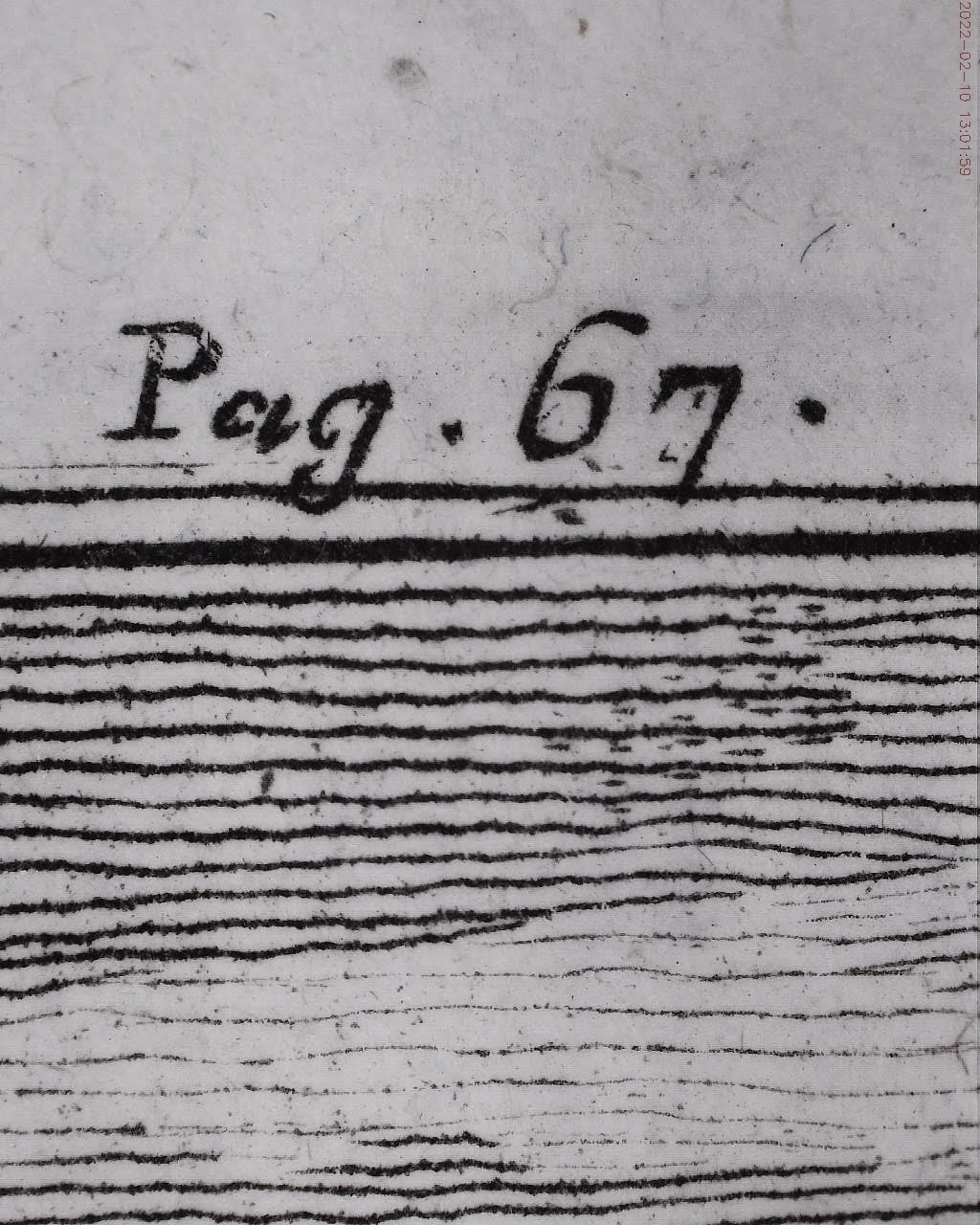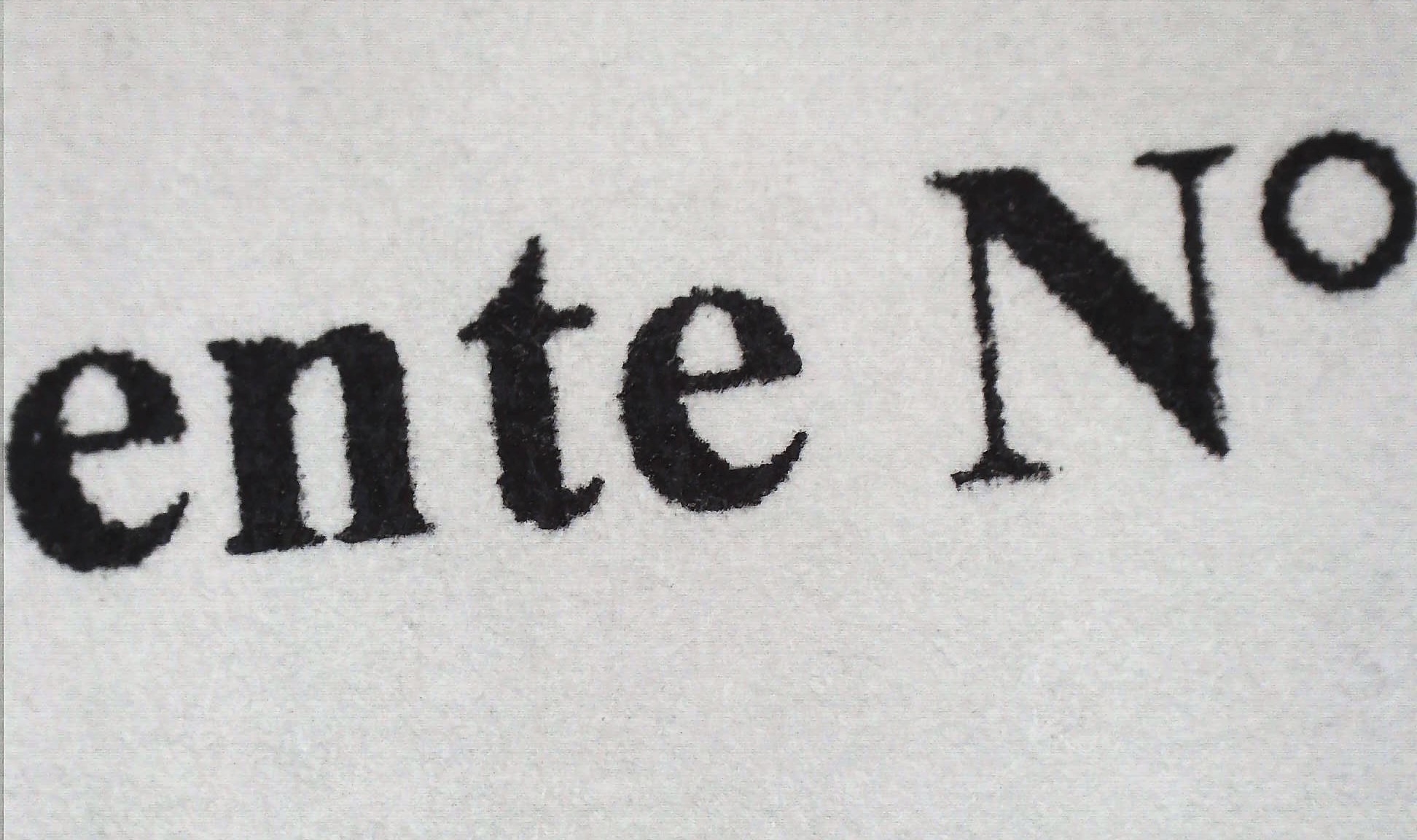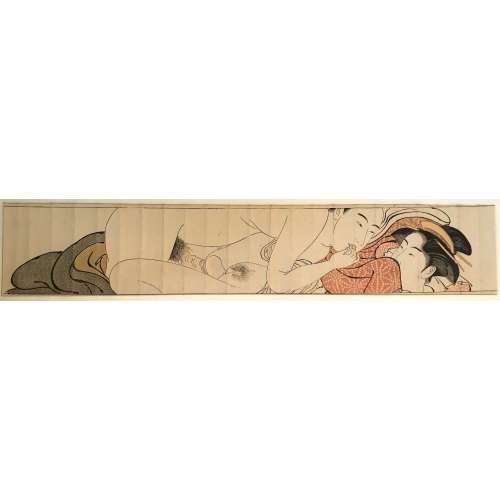Title page (in red and black): LA |
GERUSALEMME | LIBERATA |
DI TORQUATO TASSO | Con la Vita del medesimo , Allegoria del Poema , Argomenti incisi | ne’Rami del Tempesta , ed Indice di tutti i Nomi proprj , | e Materie principali contenute nell’Opera ; | e con le Annotazioni |
DI SCIPIONE GENTILI | E DI |
GIULIO GUASTAVINI. |
A Sua Eccellenza il SIGNOR |
D. ORAZIO ALBANI | Principe di Soriano, &c. | {printer’s device} |
URBINO, MDCCXXXV. | — | Nella Stamperia della Venerabile Cappella del SS. SAGRAMENTO per Girolamo Mainardi | Stampator Camerale a sue proprie spese . Si vendono dal medesimo in Roma | nella sua Libraria all’insegna di S. Crescentino, e nella Stamperia Camerale |
CON LICENZA DE SUPERIORI. ||
Half-title: Title page: IL | GOFFREDO | OVVERO | LA GERUSALEMME | LIBERATA | DI | TORQUATO TASSO. ||
Collation: 4to; [2] blank leaves, [1] – h.t. / blank, [1] – t.p. / blank, [1] –
dedication signed *2, [2] –
vita, 1
st signed *3, [2] –
allegoria, [3] –
indice, first two signed ** and **2, respectively, [1] – frontispiece to Canto Primo —> total 13 prelims; π
13 (incl. 2 blanks), A-Z
4 Aa-Bb
4 Cc
6 Dd-Qq
4, χ
1 (blank); 20 engraved frontispieces, one headpiece and initials, some historiated. Frontis. to Cantos II-XX incl. in collation and pagination; the number of leaves from A
1 to Qq
4 = 158; pagination: 1-316. The total number of leaves incl. prelims and blanks = 172. Note: three first leaves in the Cc quire of six leaves are signed; all other four-leaf quires only have the first two first leaves signed. Frontispiece to Canto Quarto cut down and laid down on D2v (as in Christie’s copy sold on 6 Jun 2010 – Live Auction 5475 – Fine Printed Books and Manuscripts, lot 168, price realized GBP 600).
Illustrations: Frontispiece to Canto Primo signed “Arnoldo van Westerhout formis Roma”. Headpiece to Canto Primo signed “Eq. Petrus Leo Ghezius Inu. et. delin. — Frãn. Aquila incid.” Other plates unsigned but all attributed to Westerhout after Antonio Tempesta; Numeration of frontispieces in roman numbers, IIII for VI, VIIII for IX, XIIII for XIV, inverted numbers XVII, XVIII, and XIX, respectively: IIVX, IIIVX, and IIIIVX.
Binding: 35 x 24 cm, 34 x 23 cm leaves, contemporary calf, rebacked retaining original spine, verso front flyleaf stamped “RESTORED BY MACDONALD CO. | NORWALK. CONN. Marbled endpapers, all edges red. Speckled calf, gilt triple-fillet borders, with remnants of blind-stamped and gilt design to an upper inside corner, spine with raised bands, gilt acorn tooling in compartments, later crimson label with gilt lettering. Damp staining to inside edges affecting all leaves. The Robin Collection bookplate to front pastedown.
Provenance: The Robin Collection.
Contributors:
Torquato Tasso (Italian, 1544 –1595) – author.
Scipione Gentili [Scipio Gentilis] (Italian, 1563 – 1616)
Giulio Guastavini (Italian, fl. 16th century)
Antonio Tempesta [Tempestino] (Italian, 1555 – 1630) – artist.
Arnold [Arnoldo] van Westerhout (Flemish, 1651 – 1725) – artist, engraver.
Pier Leone Ghezzi (Italian, 1674 – 1755) – artist.
Francesco Faraone Aquila (Italian, c. 1676 – c. 1740) – engraver.
Girolamo Mainardi (Italian, c. 1679 circa – 1763) – printer, publisher.
Orazio Albani (Italian, 1576 – 1653) – dedicatee.


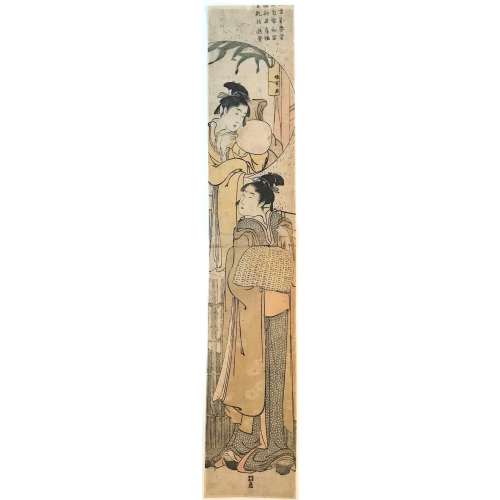

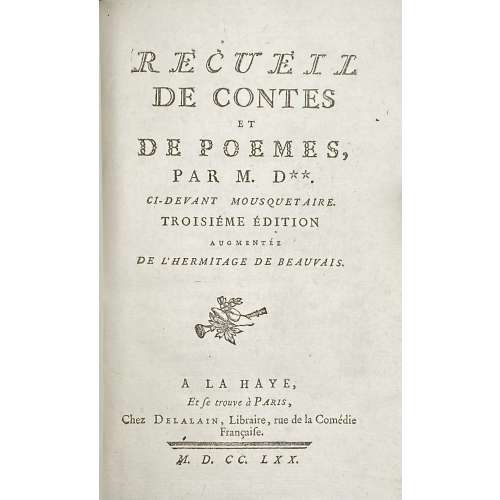
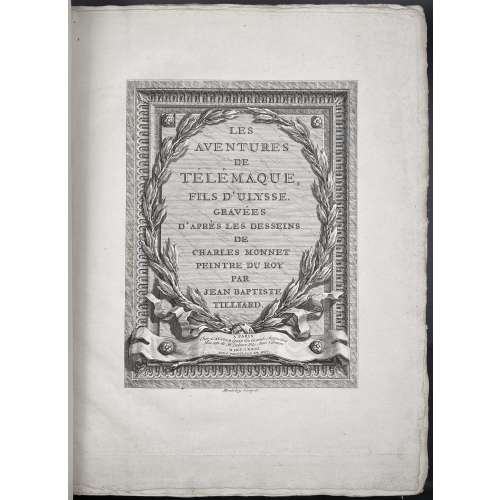
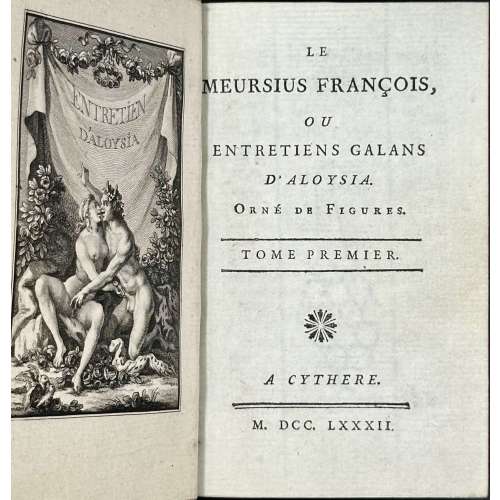
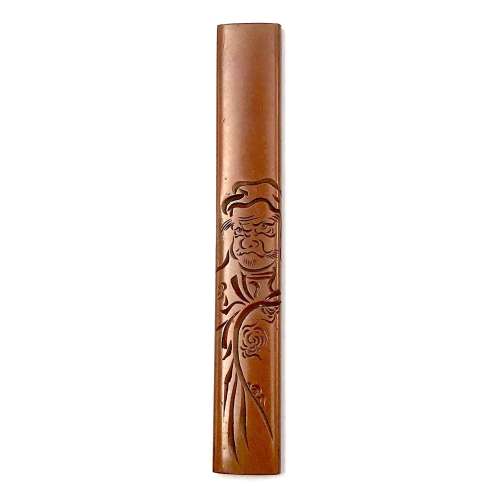

 Though we have to admit that the example from Catalog #7 by Robert E. Haynes looks much stronger.
Though we have to admit that the example from Catalog #7 by Robert E. Haynes looks much stronger.
